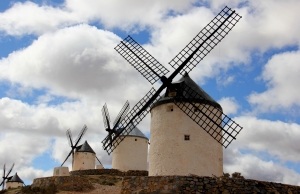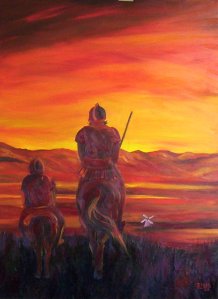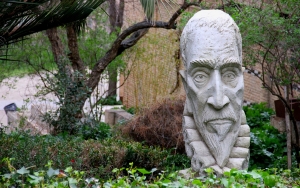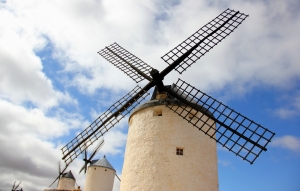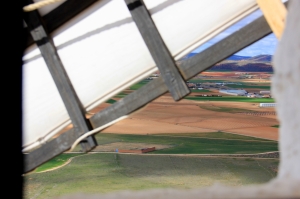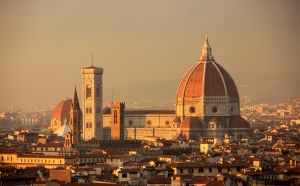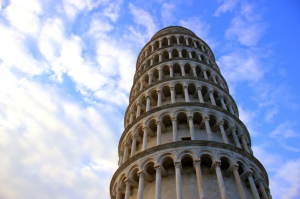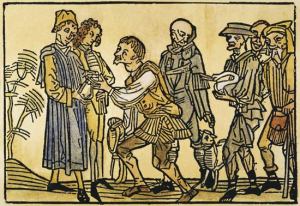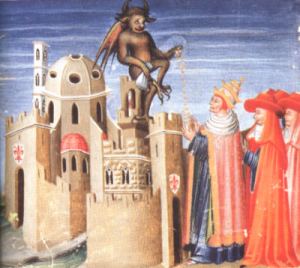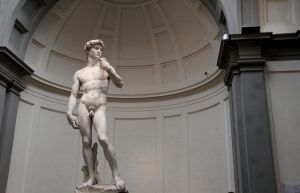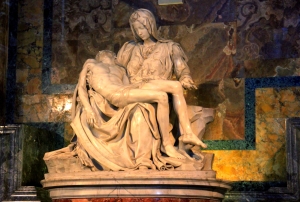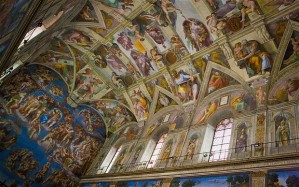In 2012 when my plane took flight from LAX to Seoul, South Korea, I had never been off the continent of North America. Now, almost four years later, I have lived in or traveled to 19 countries on three continents. I have yet to visit South America or Australia, and the Africa I’ve seen was limited to Cairo and the Sinai Peninsula. However, needless to say, I get around (kinda like a used bicycle, lol).

Crossing Asia from Japan to Turkey and then Europe from Budapest to Barcelona, I’ve noticed how gradual the cultural shift actually is. People don’t often think about how similar China and Italy are (only one example). The buildings, food, clothing, and customs seem like two different alien worlds, when in fact, there is a definite path one can follow to get from one to the other (you only have to pass through India, the Middle East, and Eastern Europe to see it).
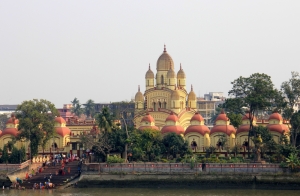
East Asians eat noodles. Italians eat pasta. Indians eat rice. Spaniards eat rice. A flat bread with toppings is called Pizza in Italy and Pide in Turkey and Pita in Greece. Shrines and temples exist in Japan, Korea, China, Nepal, India, and all over Europe. All over the world, people care about spending time with family for important life events (weddings, births, funerals). So why is it that in a age of global communication, social media networks, and terrorism, each nation – and by extension each culture – feels more and more isolated and misunderstood?
I don’t know. What I do know is that the changes aren’t sudden. There isn’t some line drawn in the sand to separate where Asia ends and Europe begins. It’s gradual. It’s subtle.
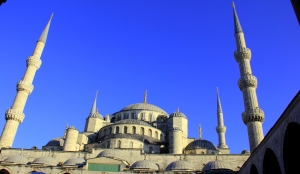
Whether I meet people from Kathmandu who make me feel at home while I’m only visiting for a week, or I move to Pamplona and am warmly taken in by coworkers and neighbors, the fact remains that there seems to be so much hatred in the world just makes me sigh sadly. I want everyone to experience what I have.
I began writing this blog about the Roman Empire’s re-purposing of pagan temples to Christian sites. But a stream of conscious tangent took me somewhere else entirely. Somewhere I didn’t expect to go. It ties in though… sorta.
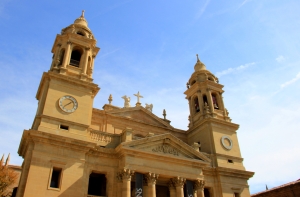
While traipsing around Rome, I noticed that so many of the ‘Holy’ sites that bore crosses and statues of saints (or the baby Jesus) had previously been pagan. And not just one or two, and not only for a few years. We’re talking dozens of places where pagans worshiped for centuries! But after Constantine’s death, the Romans gradually ripped down the icons of the old gods and replaced them with crosses and other Christian motifs, motifs that weren’t even necessarily Christian to begin with (even inside the Colosseum). Pagan imagery is embedded in the art of the time and even later (medieval and Renaissance paintings and sculptures feature Christian figures that double as their mythological counterparts).
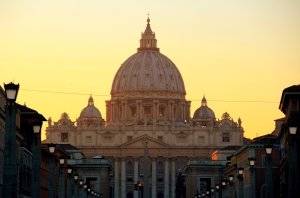
The term ‘pagan’ developed a very negative connotation over the past 2,000 years. However, if one were to look at the etymology, one would learn that the literal translation only means: villager, rustic, or rural. It was used in its time to denote who was from a city (like Rome) and who was from the countryside. So while Constantine is remembered for the Empire’s conversion to Christianity, all he really did for the fledgling religion was to allow the practice of worship legal for its adherents.
A 2001 New York Times article discusses the many similarities between the pagan icons and Christian symbols. The Council of Nicea did a number on many of the early traditions that had stemmed directly from Judaism (for example, changing the holy day from the Sabbath – Saturday – to Sunday, a day that pagans worshiped Sol Invictus, or the Sun God). There are others… too many to list here.
Suffice it to say that the Empire made a conscious effort to ease the transition from the worship of many gods to only one. Christianity, therefore, shouldn’t be entirely viewed as a separate religion, but as the next stage in the development of theological beliefs by the human condition (just as Muslims believe Islam is an even newer stage).
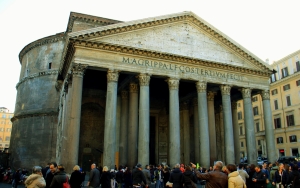
The bottom line is that it got me thinking about how easily one culture can impact and influence another. In this Information Age, the act of assimilation can be achieved with the click of a button, the swipe of a touch screen, or the delivery of a text-message. If 2,000 years ago the Roman Empire could alter the fundamental ideas of hundreds of thousands of pagan believers, we have no choice but to admit that corporations and governments can alter the course of our cultural development today.
Apple stock rises. Americans get their iPhones and iPads. Chinese work 15 hours a day in a factory for $2.00. The rich get richer. And there’s the gap.
Yet we all eat noodles and rice.
We all visit temples, churches, and mosques.
And we all enjoy spending our time with loved ones.

Let’s reinterpret our world to be better than the one we left it. Not so we’re all the same or to get ahead as individuals. You are entitled to your own beliefs and those may include monotheism, but just because you think there’s one god doesn’t mean there’s only one person. There are over 7 billion of us on Earth now. How about we start acting like it and share a bit? It’s time for another great reinterpretation.
If there has to be a melting pot, then the melting pot I want isn’t one of selfies, Facebook, and designer handbags. I want the melting pot of respect, diversity, and equality.
Hasta La Proxima…
-Justin




























